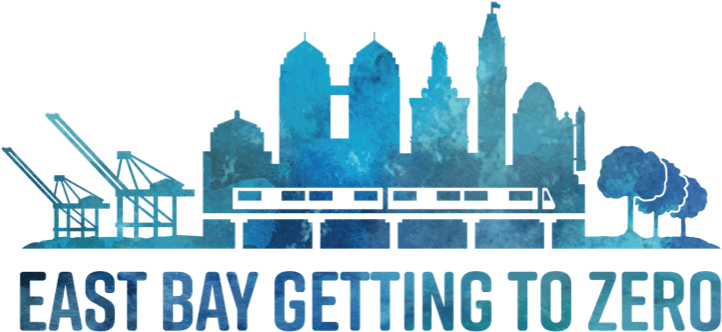East Bay HIV data, epidemiology and disparities can be found on these websites:
- US Ending the HIV Epidemic AHEAD Dashboard for Alameda County
- AIDSVu local HIV/AIDS data including PrEP estimates
- Alameda County Public Health Department HIV epidemiology reports
- EBGTZ East Bay key communities disparities/equity data references
- EBGTZ strategic plan in English (on pages 2-3) and en Español (en las páginas 2-4)
Most recent data, updated January 2024

Data from HIV ACCESS clinics (Ryan White Part C funded clinics in Alameda County) show that HIV linkage and testing rates recovered after a significant decline during the first year of the COVID-19 pandemic in 2020, though lab access remains a challenge with long waits, fewer sites and appointments. Linkage to care for newly diagnosed people rapidly improved and retention in care and HIV antiretroviral treatment (ART) rates remained high from 2020 to 2023. There was a dip in new linkage rates in the fall of 2023, likely due to staff turnover, and we hope to regain linkage rates over 90% in 2024. We are grateful to the awesome dedication and hard work of our frontline staff to maintain and improve access to care in creative and compassionate ways. We are also grateful for everyone adapting to changes in hours, long waits at labs, phone and video visits, 3-month refills and mail-order medications, and new injectable medications.
Disparities and data analyses conducted in 2023 show that there are still significant disproportionate impacts of HIV among Black/African American, Latinx and young adult residents, especially among people who inject drugs and are experiencing homelessness. Increasing disparity gaps were seen in new diagnoses among Latinx people, as well as gaps in retention in care among Latinx residents, people who inject drugs and men of color who have sex with men (2022 data compared to 2019 data). Significant improvements in viral load suppression rates were seen for Black/African American clients, transgender clients, youth ages 13-24 and clients with unstable housing. Additional details on East Bay data for key communities and disparities can be found on this EBGTZ key communities references document, updated in January 2024.
Over 10 years of strengthening linkages in the East Bay
Since 2011 the East Bay linkage and retention working group has developed a warm hand-off process, with single points of contact for linkages, and rapid, same-day access to HIV medications (antiretroviral treatment, or ART) and to PrEP. As a result, we improved our 90-day linkage rates from 2012 to 2017:
- 70% to 79% in Alameda County
- 82% to 92% in Contra Costa County
During that same time, we improved our county-wide viral load suppression rates, which is a marker for how well people living with HIV are doing on treatment and achieving U=U (Undetectable = Untransmittable):
- 40% to 72% in Alameda County
- 65% to 75% in Contra Costa County
Starting in 2018, we started tracking 30-day linkages rather than 90-day linkages as well as rates of same-day access to HIV antiretroviral treatment, also known as “Rapid ART.” Rapid ART rates were 93% among HIV ACCESS clinics in 2022.
While county-wide 30-day linkage and viral load suppression rates decreased during 2020, the first year of the COVID-19 pandemic, HIV ACCESS data from 2021 and 2022 show recovery in access to testing and care. Hopefully this reflects overall recovery in the East Bay to access to HIV testing, prevention and treatment services.


